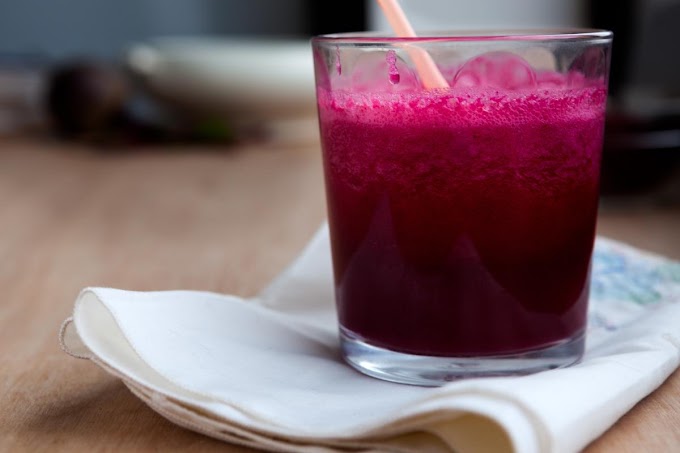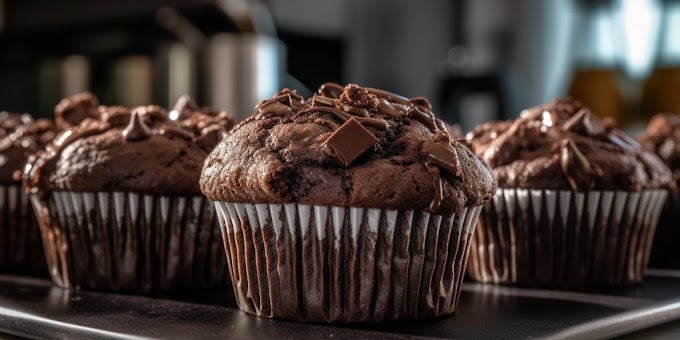Understanding Papaya: The Basics
Before diving into how to make papaya sweeter, it's important to understand a bit about the fruit itself. Papaya, also known as "pawpaw" in some regions, is native to Central America but is now cultivated in tropical and subtropical regions worldwide. The fruit is rich in vitamins A and C, as well as digestive enzymes like papain, which aids in digestion.
Papayas come in several varieties, with the most common being the Hawaiian (small and pear-shaped) and the Mexican (larger and more elongated). The flavor and sweetness of papaya can vary significantly depending on the variety, ripeness, and growing conditions.
Selecting the Right Papaya
The first step to ensuring a sweet papaya is selecting the right fruit. Here’s what to look for:
Color: A ripe papaya should have a yellow to orange-red skin, depending on the variety. Avoid fruits that are predominantly green, as these are likely unripe and may not sweeten adequately even after ripening.
Texture: The skin should give slightly under gentle pressure. If it’s too firm, the papaya is not ripe; if it’s too soft or has blemishes, it may be overripe.
Smell: A ripe papaya will have a sweet, fruity aroma at the stem end. If there’s little to no smell, the fruit may not be ripe enough.
Ripening Papaya at Home
If you’ve bought a papaya that’s not quite ripe, don’t worry! You can ripen it at home to enhance its sweetness. Here are some effective ripening methods:
Room Temperature Ripening: Place the papaya on the kitchen counter at room temperature. In a few days, it should ripen and become sweeter. Keep an eye on it to ensure it doesn’t overripen.
Paper Bag Method: Place the papaya in a paper bag, preferably with a banana or an apple. These fruits release ethylene gas, which speeds up the ripening process. This method usually ripens the papaya within 1-3 days.
Sunlight: If you want to speed up the ripening process, you can place the papaya in a sunny spot. However, be cautious as too much direct sunlight can cause uneven ripening.
Enhancing Sweetness: Post-Ripening Techniques
Sometimes, even a ripe papaya might not be as sweet as you’d like. Here are some techniques to enhance its sweetness:
Sprinkle with Sugar or Honey: If your papaya is ripe but lacks sweetness, you can sprinkle a little sugar or drizzle honey over the fruit. Let it sit for a few minutes before eating to allow the sweetness to penetrate the flesh.
Lime Juice: Surprisingly, a squeeze of fresh lime juice can enhance the natural sweetness of papaya. The tartness of the lime contrasts with the papaya’s flavor, making it taste sweeter by comparison.
Salt: A tiny pinch of salt can also bring out the sweetness in papaya. Salt reduces bitterness and enhances the fruit's natural sugars.
Pair with Sweet Ingredients: Combine papaya with naturally sweet fruits like mangoes, bananas, or strawberries in a fruit salad. The sweetness of the other fruits can help balance out and enhance the papaya’s flavor.
Culinary Techniques to Sweeten Papaya
If you’re looking for more creative ways to make papaya sweeter, consider these culinary techniques:
Grilling: Grilling papaya can caramelize its natural sugars, enhancing its sweetness. Simply cut the papaya into thick slices, brush with a bit of honey or sugar, and grill for a few minutes on each side.
Baking: Similar to grilling, baking papaya can intensify its sweetness. Cut the papaya in half, remove the seeds, and place it cut-side up on a baking sheet. Sprinkle with brown sugar and a pinch of cinnamon, then bake at 350°F (175°C) for 20-30 minutes.
Blending into Smoothies: If your papaya isn’t sweet enough to eat on its own, blend it into a smoothie with sweeter fruits like pineapple, orange, or berries. Adding a spoonful of honey or maple syrup can also boost sweetness.
Candied Papaya: For a unique treat, you can candy papaya slices. Soak the slices in a sugar syrup, then dry them in a low oven or dehydrator. The result is a chewy, sweet snack that highlights the fruit’s natural flavors.
Preventing and Correcting Bitter Papaya
Sometimes, papaya can have a slightly bitter taste, especially if it’s underride or not properly stored. Here’s how to address bitterness:
Proper Ripening: Ensuring that your papaya is fully ripe is the best way to avoid bitterness. Green papayas, while excellent in savory dishes like Thai papaya salad, will not have the sweet flavor you’re seeking.
Peeling and Seeding: The skin and seeds of papaya can contribute to bitterness. Make sure to remove all the skin and seeds before eating the flesh.
Soaking in Salt Water: If your papaya is slightly bitter, try soaking it in a saltwater solution for a few minutes, then rinse and pat dry. This can help neutralize the bitter compounds.
Storing Papaya for Optimal Sweetness
Once your papaya is ripe, proper storage is key to maintaining its sweetness:
Refrigeration: Store ripe papayas in the refrigerator to slow down the ripening process. They should be eaten within a few days for the best flavor.
Freezing: If you have more ripe papaya than you can eat, consider freezing it. Cut the fruit into cubes, spread them on a baking sheet to freeze individually, then transfer to a freezer-safe bag. Frozen papaya is great for smoothies or desserts.
Conclusion
Making papaya fruit sweeter is a process that begins with selecting the right fruit and continues through careful ripening and creative preparation. By following the tips outlined in this guide, you can enjoy papaya at its sweetest, whether you’re eating it fresh, grilled, or blended into a delicious smoothie. Remember, the key to a sweet papaya is patience and a little bit of culinary creativity. Enjoy your tropical treat!








Social Plugin